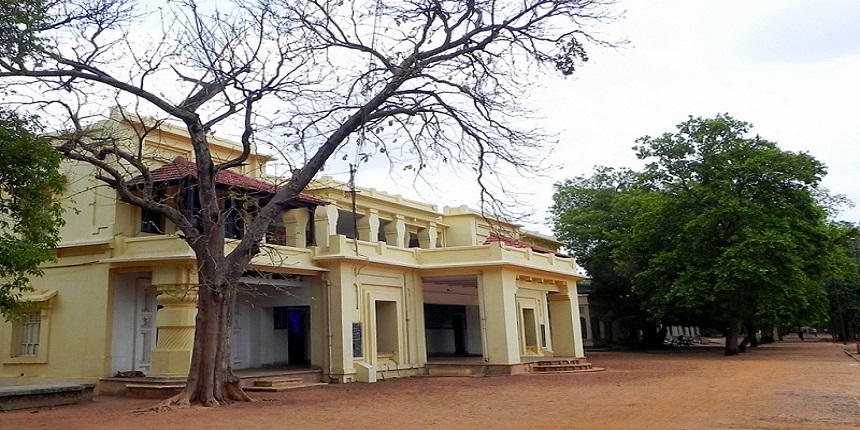Rabindranath Tagore’s Santiniketan added to UNESCO World Heritage List
Anu Parthiban | September 17, 2023 | 06:58 PM IST | 2 mins read
The landmark site was recommended for inclusion in the UNESCO World Heritage List by international advisory body ICOMOS.

NEW DELHI: Santiniketan, the famed place in West Bengal where poet Rabindranath Tagore built Visva-Bharati over a century ago, has been inscribed on the UNESCO World Heritage List.
The world body made the announcement in a post on 'X' on Sunday. "New inscription on the @UNESCO #WorldHeritage List: Santiniketan, #India. Congratulations!" it posted.
India had been striving for long to get a UNESCO tag for this cultural site located in Birbhum district. A few months ago, the landmark site was recommended for inclusion in the UNESCO World Heritage List by international advisory body International Council on Monuments and Sites (ICOMOS).
In the middle of the 19th century, Devendranath Tagore purchased the land. He built a house in the early 1860s and named it Santiniketan; the name later came to denote the entire area.
?BREAKING!
— UNESCO ?️ #Education #Sciences #Culture ?? (@UNESCO) September 17, 2023
New inscription on the @UNESCO #WorldHeritage List: Santiniketan, #India ??. Congratulations! ??
➡️ https://t.co/69Xvi4BtYv #45WHC pic.twitter.com/6RAVmNGXXq
Also Read | West Bengal has added over 60 new universities in 15 years; several born during covid
The decision to include Santiniketan in the list was taken during the 45th session of the World Heritage Committee currently underway in Saudi Arabia.
"Biswa Bangla's pride, Santiniketan was nurtured by the poet and has been supported by people of Bengal over the generations. We from the Government of West Bengal have significantly added to its infrastructure in last 12 years and the world now recognizes the glory of the heritage place. Kudos to all who love Bengal, Tagore, and his messages of fraternity. Jai Bangla, Pranam to Gurudev," West Bengal Chief Minister Mamata Banerjee tweeted on X.
Rabindranath Tagore’s father Debendranath Tagore in 1863 built a small retreat for meditation and in 1888 dedicated the land and buildings to set up Brahmavidyalaya and a library. Debendranath Tagore was a considerable figure of his time in the field of educational reforms.
“Rabindranath's school Brahmacharyasrama which started functioning formally from December 22, 1901 with no more than five students on the roll, was, in part, a fulfilment of the wishes of his father who was a considerable figure of his time in the field of educational reforms. From 1925 this school came to be known as Patha-Bhavana,” the Visva-Bharati official website read.
UNESCO aims to “encourage the identification, protection and preservation of cultural and natural heritage around the world”. It adopted a treaty called the Convention concerning the Protection of the World Cultural and Natural Heritage in 1972.
Follow us for the latest education news on colleges and universities, admission, courses, exams, research, education policies, study abroad and more..
To get in touch, write to us at news@careers360.com.